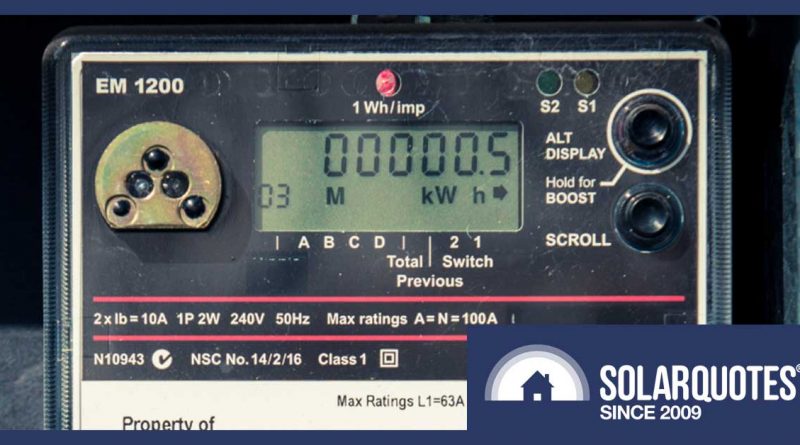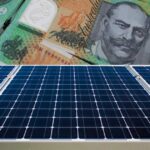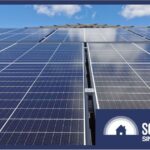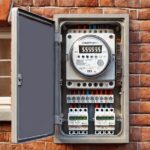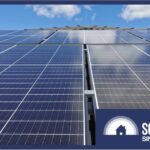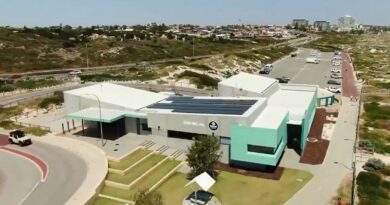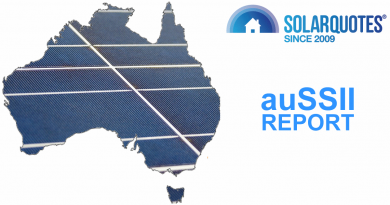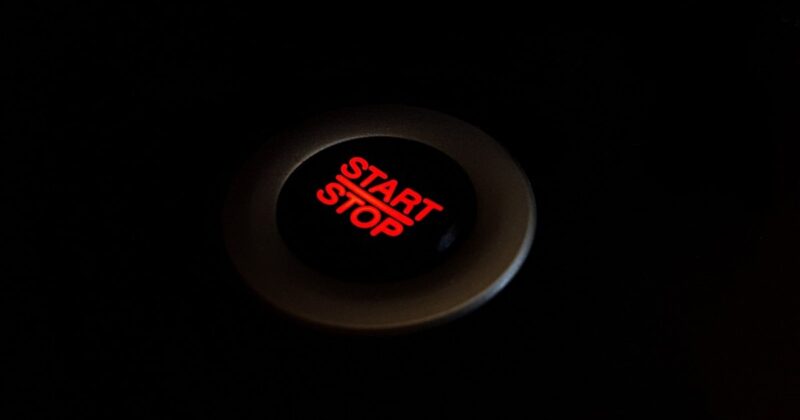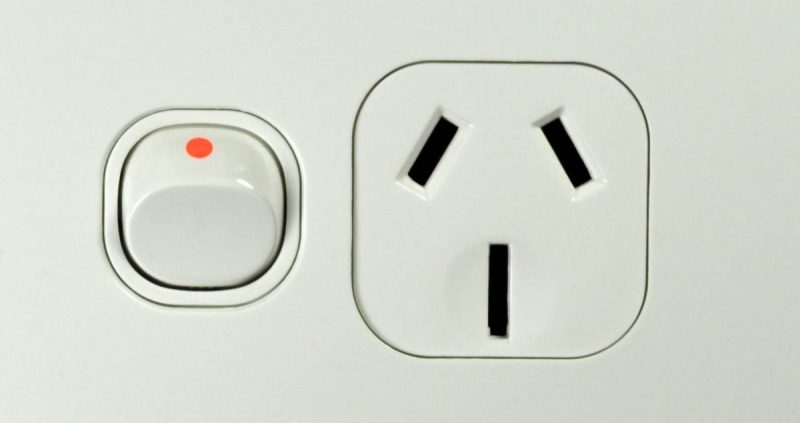Don’t Panic: SA Homes Can Remain On Flat Tariff When Getting Solar
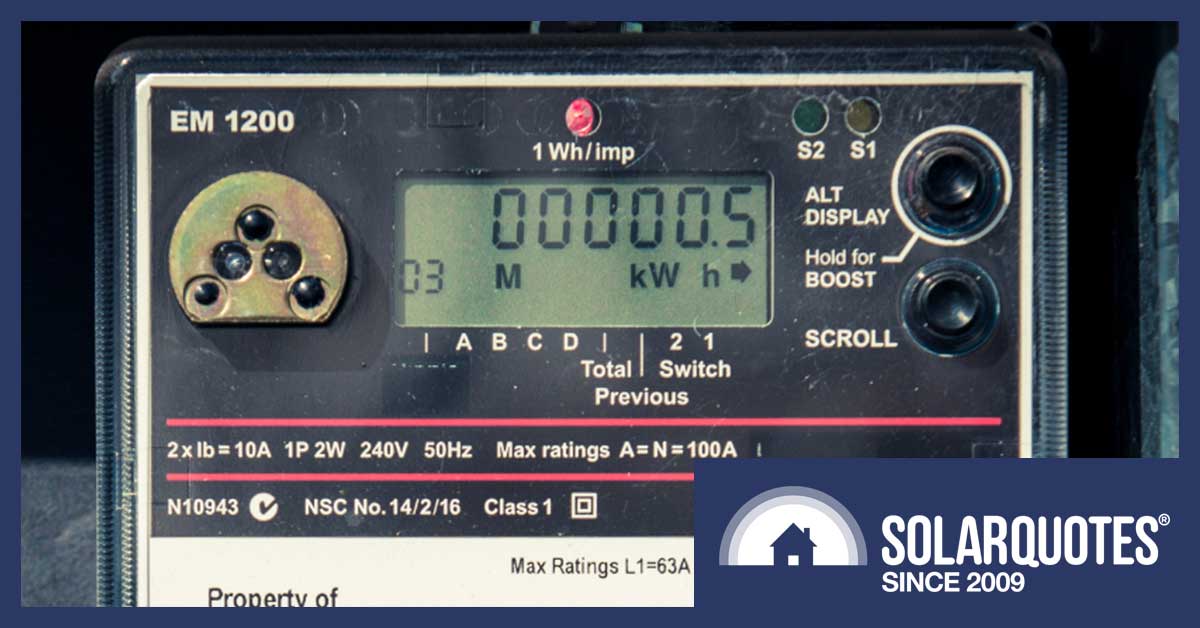
SA homes are not required to have a time-of-use retail electricity tariff when getting solar
Last week I heard from a South Australian concerned they’d be forced onto a time-of-use tariff after installing solar panels.
Since this was at the start of the new financial year, my initial response was, “Oh god! What are the electricity retailers doing now?”
Fortunately, retailers are not shaking things up for the new financial year as far as I can tell. The situation has not changed and South Australian households are not being forced onto a time-of-use tariff when they get solar. They can remain on a flat tariff if they wish.
I contacted the three largest electricity retailers in Australia — Origin, AGL, and Energy Australia — and, while Origin hasn’t got back to me yet, both AGL and Energy Australia say they’ll allow SA households to remain on a flat tariff when after installing solar power systems.
This is good news for two reasons:
- Solar households are often better off with a flat tariff than a time-of-use tariff.
- Electricity retailers shouldn’t make life harder for Australian families without good reason.
For a quick rundown of…
- What these tariffs are
- Where some of the confusion comes from, and…
- How to avoid meter change over limbo
…read on.
Flat Tariff Vs. Time-Of-Use
A flat tariff is very simple. A flat amount is charged for each kilowatt-hour of grid electricity consumed regardless of what time of day it’s used. Our Electricity Retailer Comparison page can be used to find flat tariff rates. At the moment in South Australia, some retailers charge less than 30 cents per kilowatt-hour.
Time-of-use tariffs are more complex and require a smart meter. The charge per kilowatt-hour varies according to when the electricity is consumed. For example, in South Australia, there are seasonal tariffs charging more in summer and ones where the charge depends on the time of day.
If you’d like to know details of these plans so you can decide if they’re suitable for you, that’s unfortunate. Neither retailers nor the government Energy Made Easy site clearly present information households require to make an informed decision. If I didn’t have complete faith in the ethical standards of electricity retailers, I’d say it was as if they don’t want people choosing the best plan for themselves.
I might shake the idiot tree later and see if any useful information on SA time-of-use tariff plans falls out, but for now, you’re on your own.
Distributor Tariffs Are Not Retailer Tariffs
Some people think new solar owners will be forced onto a time-of-use tariff because of the tariff the state’s electricity distributor — South Australia Power Networks (SAPN) — charges electricity retailers.
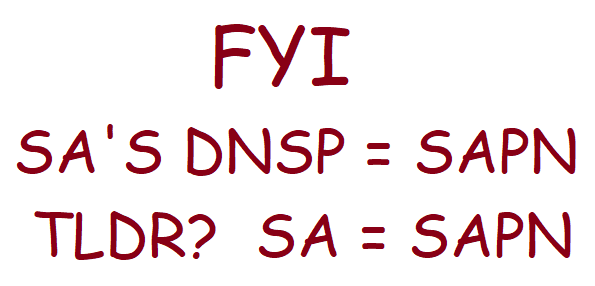
South Australia’s electricity distributor — the Distributed Network Service Supplier — is South Australia Power Networks or SAPN for short.
The distributor tariff covers the cost of taking energy from long-distance transmission lines and rooftops, and using local stobie poles and power lines to get it to homes and businesses. When a household gets solar panels and has a smart meter installed, SAPN automatically changes the flat distribution tariff they were charging the retailer for that property to a time-of-use distribution tariff. But this does not mean the retailer has to charge the household a time-of-use tariff.
SAPN’s tariff is just one component of electricity bills and it is up to retailers to decide what kind of plans they will offer to cover the total amount of money they’re permitted to extract. They can offer a time-of-use tariff but aren’t required to. They are capable of coping with a little variability. It’s like how petrol prices vary daily, but the pizza place doesn’t have to adjust what they charge to deliver each day.
In addition to being free to offer different types of tariffs, if a household gets solar installed and wants to remain on their original flat tariff, then their electricity retailer can ask SAPN to change the distributor tariff back to a flat tariff. Because of this, electricity retailers don’t have a strong incentive to force time-of-use tariffs onto people. Apart from, of course, any pleasure they may derive from making electricity plans more complex.
Electricity Retailers Say SA Homes Can Remain On Flat Tariff
I contacted Australia’s three largest electricity retailers. Both AGL and Energy Australia have told me SA households can stay on a flat tariff when they get solar systems installed if that’s what they want. (Origin sent me an email saying they need to know my suburb or postcode before they can answer my query, which is like me saying I need to know your star sign before I can guess your weight.)
Electricity retailers may push time-of-use tariffs — Energy Australia encouraged me to get one even though I was just asking for information. It is possible your particular retailer won’t offer to let you keep your flat tariff when you get solar panels. If you’re not okay with that, you can tell them you’ll go to a different retailer. If that doesn’t get them to change their tune, dump them. Switching electricity retailers is not difficult to do.
Don’t Get Caught In Meter Changeover Limbo
If you want to remain on a flat tariff, it’s best to check your retailer will allow it without problem as soon as you decide to buy a solar power system. If you change retailers after your solar system is installed but before your old electricity meter is replaced, you can be caught in meter change limbo. It can cause the installation of your new smart meter to be delayed by weeks or even months.
In that time you’ll be unable to use your newly installed solar system because you won’t have the appropriate electricity meter. So I recommend waiting until your solar system is up and running with your new or newly reconfigured meter before defecting.
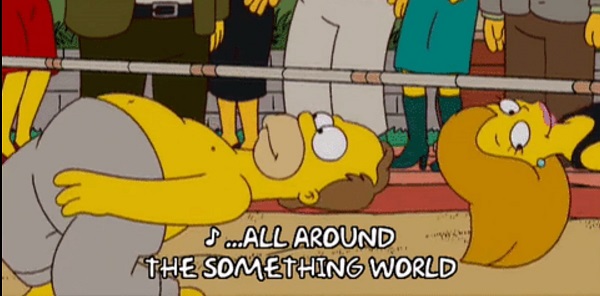
Not saying electricity retailers need to bend over backwards to please us, but a little flexibility is appreciated.
Original Source: https://www.solarquotes.com.au/blog/sa-tou-tariff-solar/

